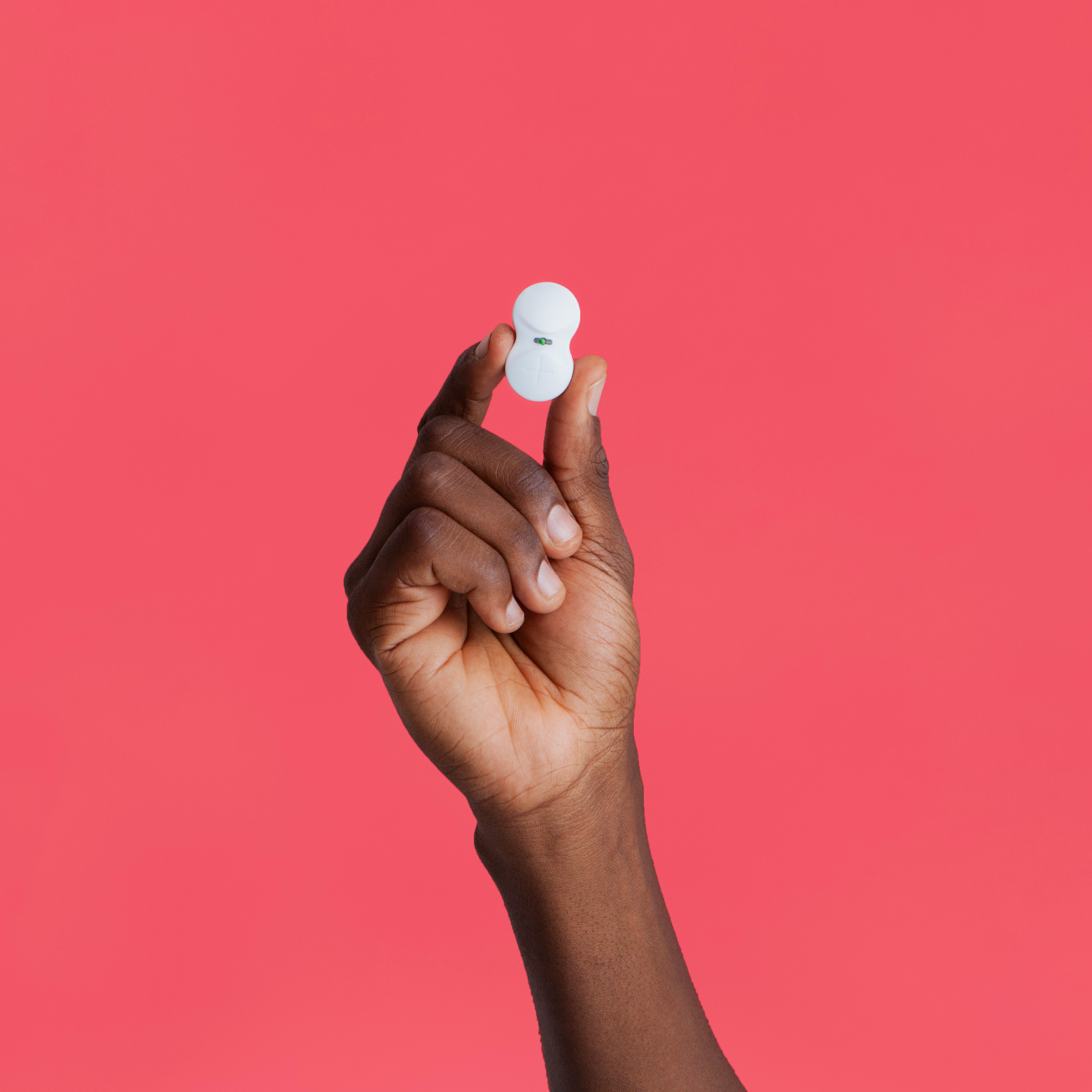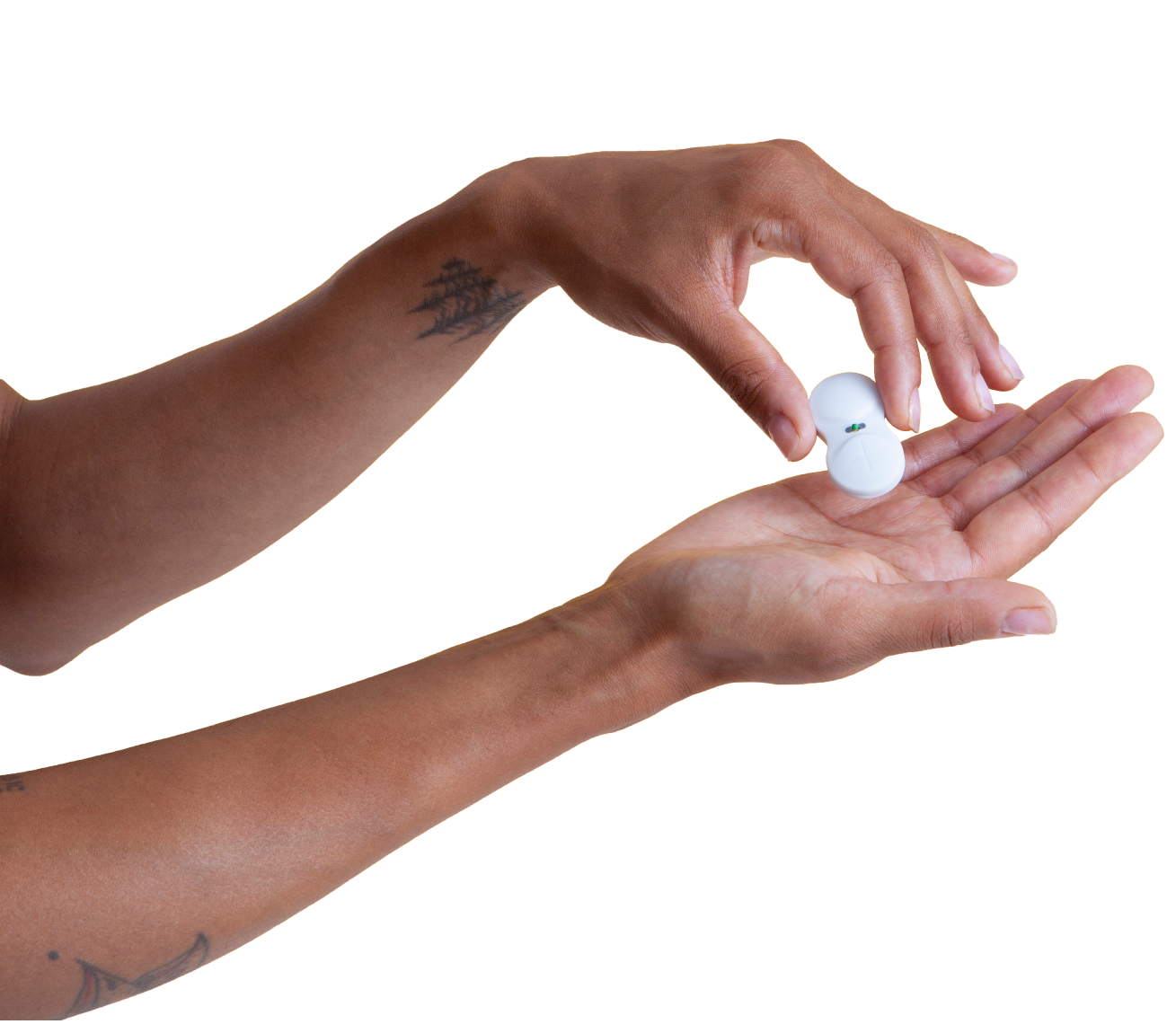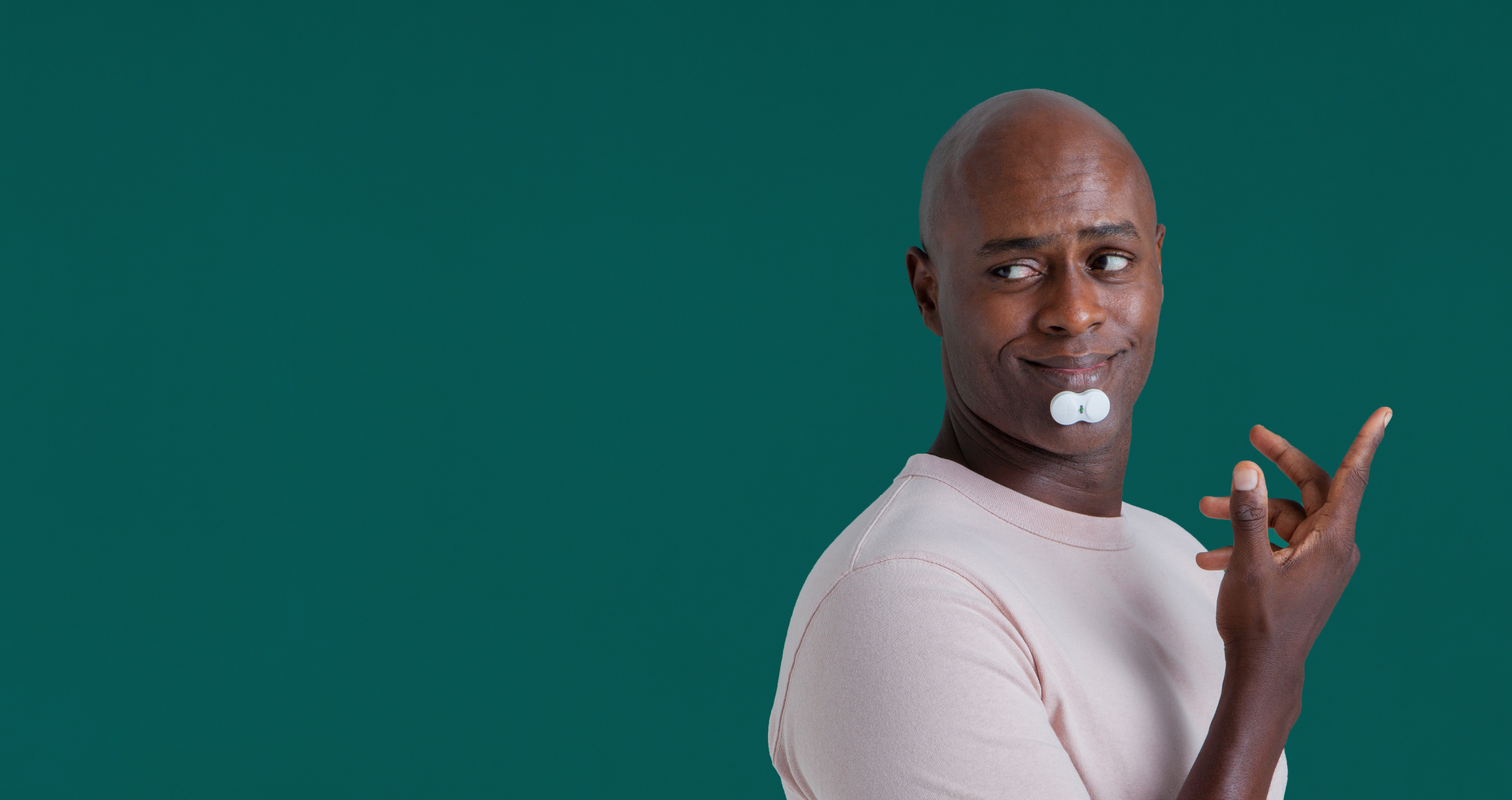Polygraphyand more in a 8g sensor.
Airflow
SpO₂ and heart rate
Mandibular jaw movements
Head position
Sunriseanalysis
goes above and beyond.
HSAT data you are familiar with
… and more!
- Airflow
- Apneas / Hypopnea Index
- True Sleep Time
- Sleep Efficiency
- Awakening Index
- Sleep Stages
- SpO₂
- Heart Rate
- Respiratory Effort Burden
- Multi-Night
- Differentiation of Central and Obstructive Events
- Respiratory Effort-Related Arousals (RERAs)
- Arousal Index
- Head Position
- Supine and non-Supine AHI
- REM and non-REM AHI
HSAT data you are familiar with
- Airflow
- Apneas / Hypopnea Index
- True Sleep Time
- Sleep Efficiency
- Awakening Index
- Sleep Stages
- SpO₂
- Heart Rate
… and more!
- Respiratory Effort Burden
- Multi-Night
- Differentiation of Central and Obstructive Events
- Respiratory Effort-Related Arousals (RERAs)
- Arousal Index
- Head Position
- Supine and non-Supine AHI
- REM and non-REM AHI
Broad applicability to the millions sufferingfrom sleep apnea.
Mandibular jaw movements have limited contraindications and are not susceptible to artifacts that may often compromise HSAT studies.
Stable signalsand optimized memory.
The Sunrise digital solution has a very high reliability with multi-night capability, a single point of contact and an embedded memory to mitigate the risk of Bluetooth disruptions compromising data acquisition.
Low false negative rate as shownin publications.
The mandibular jaw movement bio-signal is very sensitive to detect respiratory events1 and is not susceptible to common drugs, diseases, arterial stiffness, nail polish, motion, and other conditions that may compromise an HSAT.
EnhancedArtificial Intelligence scoring.
The Sunrise digital solution delivers extremely accurate and consistent results within interscorer variability1 that are available within minutes after sleep study completion.

Up to 50% of single-night
testingresults in
misclassification1.
- Improves diagnostic confidence
- Captures the potential of night-to-night variability
- Bypasses repeat costs and difficulties for failed one-night sleep test
- Total Sleep Time
- Sleep structure and fragmentation
- Respiratory Effort
- High accuracy
- Central and obstructive differentiation

Total SleepTime.
In a clinical study of 1,026 adults, the quantitative agreement between Sunrise and PSG was 0.94 for total sleep time, and 0.90 for wake time.
The accuracy of Sunrise in distinguishing between wakefulness and sleep states was evident, with a sensitivity of 88% and a specificity of 94%.
Read the full article in AJRCCM
Read Bland-Altman analysis in JAMA Open Network
Sleepstructure
and fragmentation.
Sunrise output the number of micro-awakenings during each hour of sleep.
Read micro-arousals on a Sunrise study
Read Bland-Altman analysis in JAMA Open Network
RespiratoryEffort.
A statistical analysis of MJM amplitudes revealed a significant difference in distribution across event types, with median values of 0.60 for central apneas, 0.83 for central hypopneas, 1.93 for mixed apneas, and 3.23 for obstructive apneas.
Highaccuracy.
Central and obstructivedifferentiation.

How can we get so much
informationfrom a
simple device?
The more the pharyngeal patency is threatened during respiratory disturbances (resulting in chemo- and baroreceptors activation), the more the pharyngeal muscles will be recruited and the more the mandible will displace in order to stiffen the upper airway and restore its patency.
In other words, monitoring the amplitude of MJM during sleep informs about the level of central drive required to ensure respiration, i.e., the level of respiratory effort.

Clinical study on 476 patients
“The performance of Sunrise not only favorably compares with but also, in many instances, surpasses the performance of other fully automated diagnostic devices”

